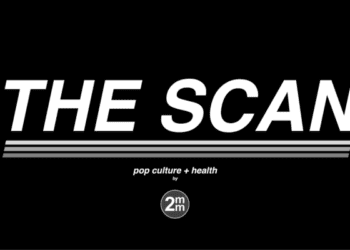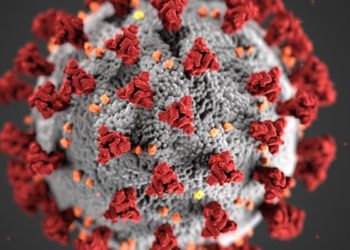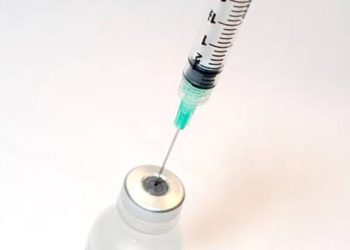Hematological and coagulation parameters may predict outcomes in COVID-19
1. Hematological tests including platelet count, prothrombin time (PT), D-dimer, and neutrophil-to-lymphocyte ratio can aid clinical decision making in managing patients with COVID-19, and predicting clinical severity and outcomes
2. The sepsis-induced coagulopathy scoring system may be used for early identification and management of patients with critical disease.
Evidence Rating Level: 2 (Good)
Study Rundown: Severe cases of COVID-19 are complicated by multiple organ dysfunction including septic shock, heart failure and disseminated intravascular coagulation (DIC). Distinguishing patients likely to develop critical disease early and reliably may help improve clinical outcomes in this population. However, few studies have systematically evaluated the role of hematological and coagulation parameters in prognosticating disease severity and clinical outcomes among patients with moderate, severe and critical COVID-19-related illness.
This retrospective cohort study included 380 in-patients with COVID-19 from three designated sites at the Wuhan Union Hospital (Wuhan, China) with disease severity classified based on guidelines published by the National Health Commission (NHC). Results suggested that neutrophil count, lymphocyte count, neutrophil-to-lymphocyte ratio, prothrombin time (PT), D-dimer, fibrin degradation products, C-reactive protein, lactate dehydrogenase, white blood cell count, interleukin-10 and serum ferritin were significantly different across all severity levels. Counts of platelets and eosinophils were significantly lower in patients with critical disease compared to severe disease. Sepsis induced coagulopathy (SIC) scores increased over time in non-survivors, with the onset of SIC typically preceding overt DIC. This study was limited by incomplete documentation of laboratory testing where all patients did not have dynamic profiles of laboratory findings available. Additionally, few patients had the required data to assess SIC and clinically-confirmed DIC retrospectively, including sequential organ failure assessment (SOFA) scores and serum biochemical indicators during hospital admission. This study highlights the clinical utility of dynamic monitoring of hematological parameters in predicting severity of disease in patients with COVID-19. Future studies should further elucidate the role of thromboprophylaxis in mitigating the thrombotic complications of COVID-19.
Click to read the study in The Lancet Hematology
Relevant Reading: COVID-19 and Thrombotic or Thromboembolic Disease: Implications for Prevention, Antithrombotic Therapy, and Follow-Up
In-Depth [retrospective cohort]: This study included 380 inpatients (mean age 64 years, 54% male) recruited from three sites associated with the Wuhan Union Hospital (Wuhan, China). Patients with throat swab SARS-CoV-2 RNA-confirmed COVID-19 and moderate or worse disease severity as classified by two physicians based on NHC criteria were considered eligible. Laboratory tests were performed with admission and then trended serially during the in-patient stay based on a given patient’s clinical status. Critically ill patients were additionally assessed for SIC (≥4 points) and International Society of Thrombosis and Hemostasis (ISTH) based overt DIC (≥5 points), respectively.
Overall, neutrophil count, lymphocyte count, neutrophil-to-lymphocyte ratio, PT, D-dimer, fibrin degradation products, C-reactive protein, lactate dehydrogenase (all p<0.0001), white blood cell count, interleukin (IL)-10 and serum ferritin (p<0.05) were significantly different across all comparisons of disease severity. Thrombocytopenia (platelet count <100×109 cells per L) was recorded in 49% (42/86) of patients with critical disease, significantly more frequently that in patients with severe (14%) or moderate (6%) disease (both p<0.0001). Coagulation parameters including activated partial thromboplastin time (APTT), prothrombin time, fibrinogen, D-dimer, fibrin degradation products, and antithrombin III activity were significantly different across severity levels (overall p<0.05). On multivariate analysis, death was associated with increased neutrophil-lymphocyte ratio (≥ 9.13; odds ratio (OR) 5.39, 95% CI 1.7 to 17.13), increased D-dimer (>2mg/L; OR 4.41, 95% CI 1.06 to 18.30), thrombocytopenia (OR 8.33; 95% CI 2.56 to 27.15) and prolonged PT (>16s; OR 4.94, 95% CI 1.50 to 16.25). The onset of SIC typically occurred before overt DIC.
Image: PD
©2020 2 Minute Medicine, Inc. All rights reserved. No works may be reproduced without expressed written consent from 2 Minute Medicine, Inc. Inquire about licensing here. No article should be construed as medical advice and is not intended as such by the authors or by 2 Minute Medicine, Inc.









